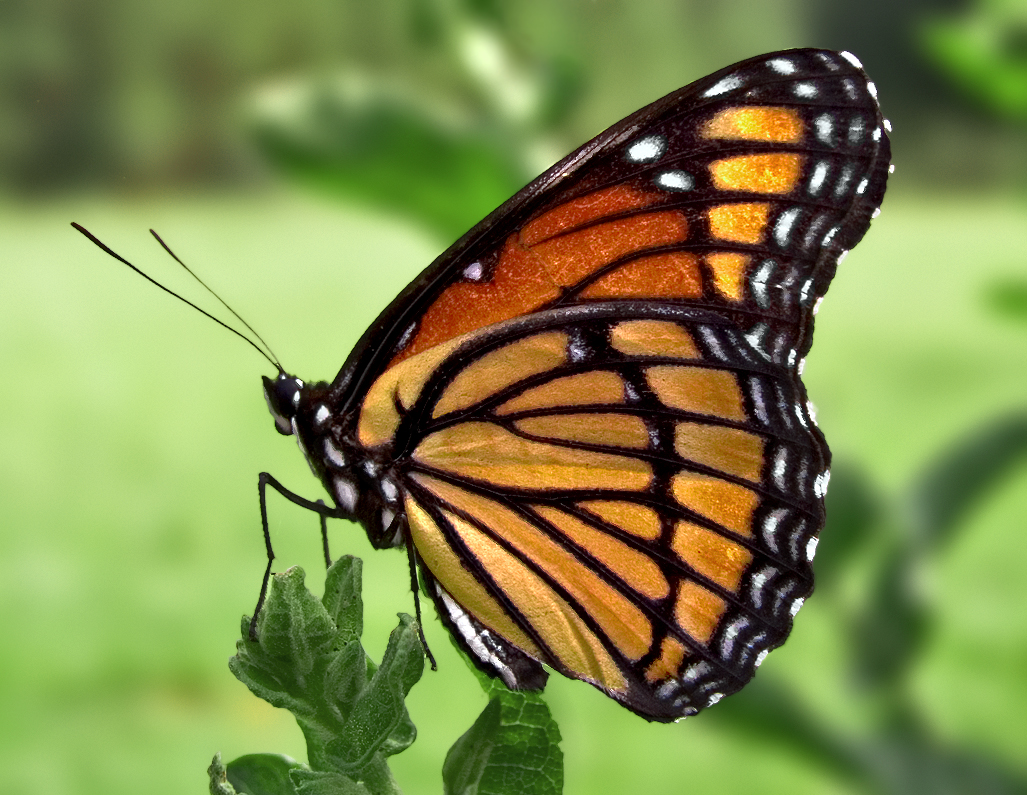A government project to promote
butterfly farming as a way of
conserving the country’s coastal
forest has turned into a major earner,
from sales of butterflies’ pupae to
over 14 markets in the US and UK,
earning local farmers more than
Sh10,000 a week and now some
Sh8.1m a year in exports.
The Kipepeo project, in the Arabuko-Sokoke forest, which now spans
some 900 butterfly farmers four years after its set-up, was created to
encourage conservation of the 40,000 hectares forest, which is the largest
single block of natural coastal forest remaining in East Africa and home to
many endangered flora and fauna. Nine of the butterfly species found in
the forest are found nowhere else in the world.
The project has created nature-based businesses by linking butterfly
farmers to international markets.
On the ground, farmers catch a few female butterflies from the wild and
put them in shade net cages with the right host plants. Each species of
butterfly lays eggs on a different species of plant. Once the eggs hatch,
farmers put the small caterpillars on host plants that they grow in
nurseries, until the caterpillars create protective cocoons for themselves.
At this pupa stage, they are packaged for export.
Farmers depend on the forest as a source for the adult butterflies to start
the process and for a continuing source of seeds for the host plant
nurseries. Most retain some butterfly pupae from each farmed generation
so they have no need to catch more female butterflies from the wild after
they have begun a captive population.
However, they do need to capture
more male butterflies from the wild to maintain genetic diversity in the
captive populations.
For Fatma Abdikadir, beating the air with her homemade net is therefore
far from an idle pastime as she chases a swirling black and turquoise
butterfly. The mother of two earns crucial family income from her
butterfly farming for the Kipepeo project.
She previously relied on the forest for firewood which she used to sell
commercially, often in a cat and mouse fight with officers from the Kenya
Forestry Services after the government had banned logging from the
forest. “It’s funny that the same trees I felled indiscriminately are the
same ones I guard jealously since they form the habitats for the butterflies
and therefore my source of livelihood,” she says.
Fatma enjoys every stage of the process, and her dedication to butterflies
has paid off. She now employs six youth and leads a larger nature group
affiliated to the Kipepeo project.
Ken Opiyo a committee member at the Kipepeo project explains how the
farming has now turned into a money spinner for most the farmers.
"A farmer needs only two butterflies to get a thousand pupae and that will
be over Sh40,000 in a month - much more money than one can earn from
the chicken or egg selling business," he says.
Butterfly farming has also
emerged as a less expensive venture to enter than other types of
agriculture, since the forests provide a natural habitat where the butterflies
feed and reproduce.
At the same time, the market is expanding, with butterflies increasingly
valued for their beauty and uniqueness. Over the past two decades, the
number of live butterfly exhibitions and centres has grown sharply around
the world, with farmers in tropical countries benefitting from their access
to many exotic species.
The Kenyan butterflies are exported live, as pupae, or dead, as top-quality
collector specimens for research institutions. "Flying handkerchiefs,"
"Emperor Swallowtails" and "African Blue Tigers" are among the nine
butterfly species collected at the Arabuko Sokoke forest that are not found
anywhere else in the world.
More common butterflies are also collected for decorative uses, with
designers from Europe also using the butterflies to come up with pattern
designs. The live insects are also hatched and displayed in insect parks
globally.
"Butterfly specimens here are very beautiful. Big hotels and tourists come
to buy them. Rich businessmen are beginning to buy them too for beauty
in the house at occasions like weddings and for education for their
children," Opiyo says.
However the butterfly farming is still in its infancy in Kenya, in only
Mombasa’s Arabuko Sokoke forest and Kakamega forest, and competing
with established markets in Valencia, Papua New Guinea, and also the
South Americas, where the farming has existed for close to three decades.
There, farmers and marketers have been able to come up with systems that
are more cost-effective, and are therefore selling at lower prices than
Kenya.
However, the potential remains great, with the Kenyan project managers
now looking into marketing other invertebrates, such as moths, scorpions
and spiders.
The value of the international butterfly trade now stands at between $
100m and $150m a year.
Farmbiz








No comments:
Post a Comment